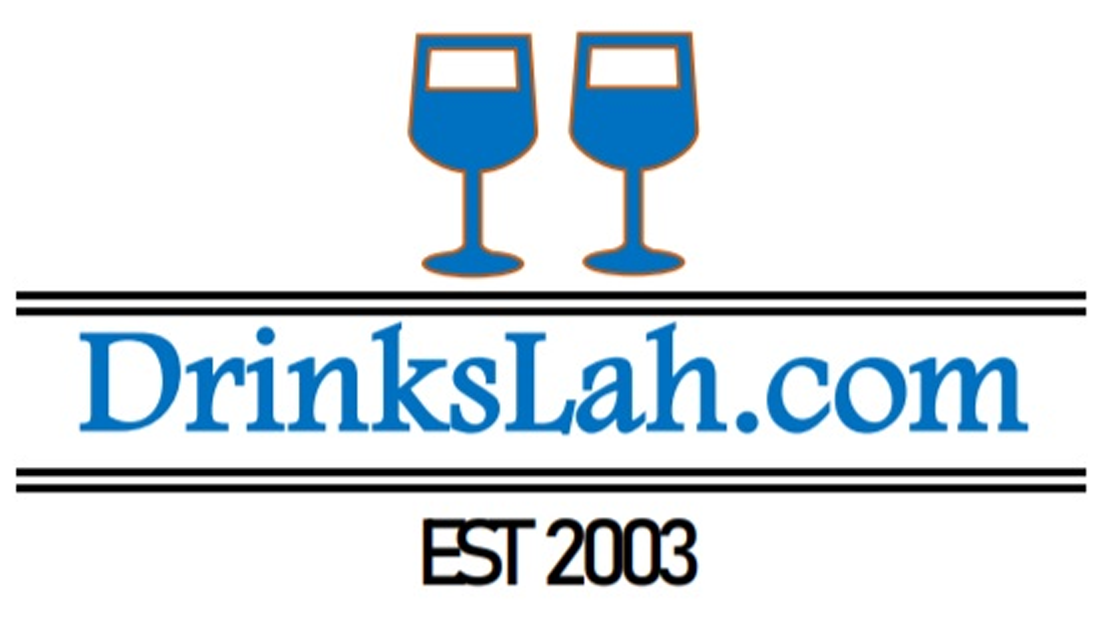Introduction
Checks have been a staple of financial transactions for centuries, but with the rise of technology and digital banking, the security of checks has come under scrutiny. Fraudulent activities such as check forgery, alteration, and counterfeiting have become increasingly sophisticated, posing significant risks to both individuals and businesses. This case study explores various strategies to enhance check security and reduce the risk of fraud, focusing on technological advancements, best practices, and regulatory compliance.
Understanding the Risks
Before delving into solutions, it is essential to understand the types of risks associated with checks. These include:
- Check Forgery: This occurs when an individual signs another person’s name on a check without authorization.
- Check Alteration: This involves changing the amount or payee on a legitimate check.
- Counterfeit Checks: Fraudsters create fake checks that appear legitimate to deceive banks and businesses.
- Check Washing: This technique involves using solvents to erase ink from a check, allowing the fraudster to rewrite it for a different amount or payee.
The Importance of Check Security
The financial implications of check fraud can be devastating. According to the Association for Financial Professionals (AFP), businesses lose billions annually due to check fraud. Beyond financial loss, the reputational damage to organizations can be significant. Therefore, enhancing check security is paramount for protecting assets and maintaining trust with clients and vendors.
Strategies for Enhancing Check Security
1. Implementing Advanced Check Printing Technology
One of the most effective ways to enhance check security is through advanced printing technology. This includes:
- Microprinting: Tiny text that is difficult to reproduce accurately. This can be used in various parts of the check, such as the signature line or the background.
- Watermarks: Incorporating watermarks into checks can deter counterfeiting, as they are challenging to replicate.
- Color-Shifting Ink: This type of ink changes color when viewed from different angles, making it harder for fraudsters to reproduce checks accurately.
- Security Features: Adding features like holograms, UV printing, and embedded fibers can increase the difficulty of counterfeiting.
2. Utilizing Check Security Software
Investing in check security software can provide businesses with tools to detect and prevent fraud. Features to look for include:
- Fraud Detection Algorithms: These can analyze check patterns and flag suspicious transactions for Order Express further review.
- Check Verification Services: These services verify the authenticity of checks before processing them, reducing the risk of accepting fraudulent checks.
- Electronic Check Processing: Transitioning to electronic checks can minimize the risk associated with physical checks, as electronic checks come with built-in security measures.
3. Educating Employees and Stakeholders
A well-informed workforce is crucial for preventing check fraud. Training employees on recognizing fraudulent checks, understanding the importance of security features, and promoting best practices can significantly reduce risks. Key training topics should include:
- Identifying Security Features: Employees should be educated on how to spot microprinting, watermarks, and other security features.
- Proper Handling Procedures: Employees should know how to handle checks securely, including proper storage and disposal methods.
- Reporting Procedures: Establishing clear protocols for reporting suspicious activity can help catch fraud early.
4. Implementing Robust Internal Controls
Strong internal controls are essential for preventing check fraud within organizations. This includes:
- Segregation of Duties: Ensuring that no single individual has control over the entire check processing cycle can reduce the risk of fraud.
- Regular Audits: Conducting routine audits of check transactions can help identify discrepancies and potential fraud.
- Dual Authorization: Requiring multiple approvals for large checks can add an additional layer of security.
5. Encouraging Digital Payment Alternatives
As the world moves towards digital solutions, encouraging the use of electronic payments can significantly reduce the risks associated with checks. Benefits of digital payments include:
- Reduced Physical Handling: Electronic payments eliminate the need for physical checks, reducing the risk of loss or theft.
- Enhanced Security Features: Digital payment platforms often come with advanced security measures, such as encryption and two-factor authentication.
- Faster Transactions: Electronic payments are processed more quickly, reducing the window of opportunity for fraud.
6. Staying Compliant with Regulations
Compliance with industry regulations and standards is crucial for enhancing check security. Organizations should stay informed about regulations such as the Check 21 Act, which allows electronic processing of checks, and the Payment Card Industry Data Security Standard (PCI DSS). Regularly reviewing and updating policies to align with regulatory requirements can help mitigate risks.
Case Studies of Successful Implementation
Case Study 1: ABC Corporation
ABC Corporation, a mid-sized manufacturing company, faced significant losses due to check fraud. In response, they implemented several security measures:
- Upgraded their check printing technology to include microprinting and watermarks.
- Invested in check security software that provided fraud detection algorithms.
- Conducted employee training sessions on identifying fraudulent checks and Order Express proper handling procedures.
As a result, ABC Corporation reported a 75% reduction in check fraud incidents within the first year of implementing these measures.
Case Study 2: XYZ Nonprofit Organization
XYZ Nonprofit Organization relied heavily on checks for donations and payments. After experiencing a check fraud incident, they decided to transition to electronic payments. They:
- Encouraged donors to use online payment platforms.
- Implemented dual authorization for all outgoing payments.
- Provided training for staff on the importance of digital security.
The transition to electronic payments not only reduced fraud risk but also improved cash flow and donor engagement.
Conclusion
Enhancing check security is a multifaceted approach that requires a combination of technology, employee education, internal controls, and compliance with regulations. By implementing advanced printing technologies, utilizing security software, educating employees, and encouraging digital alternatives, organizations can significantly reduce the risk of check fraud. As the financial landscape continues to evolve, staying proactive in security measures will be essential for protecting assets and maintaining trust in financial transactions.
Recommendations
- Conduct a Risk Assessment: Regularly evaluate your organization’s vulnerability to check fraud and adjust security measures accordingly.
- Invest in Technology: Stay updated on the latest advancements in check security technology and consider upgrading systems as needed.
- Foster a Culture of Security: Encourage employees to prioritize security in their daily operations and report any suspicious activity immediately.
- Explore Digital Solutions: Consider transitioning to electronic payments where feasible to minimize the risks associated with physical checks.
By taking these steps, organizations can create a more secure environment for check transactions, ultimately protecting their financial interests and maintaining the trust of their clients and stakeholders.


